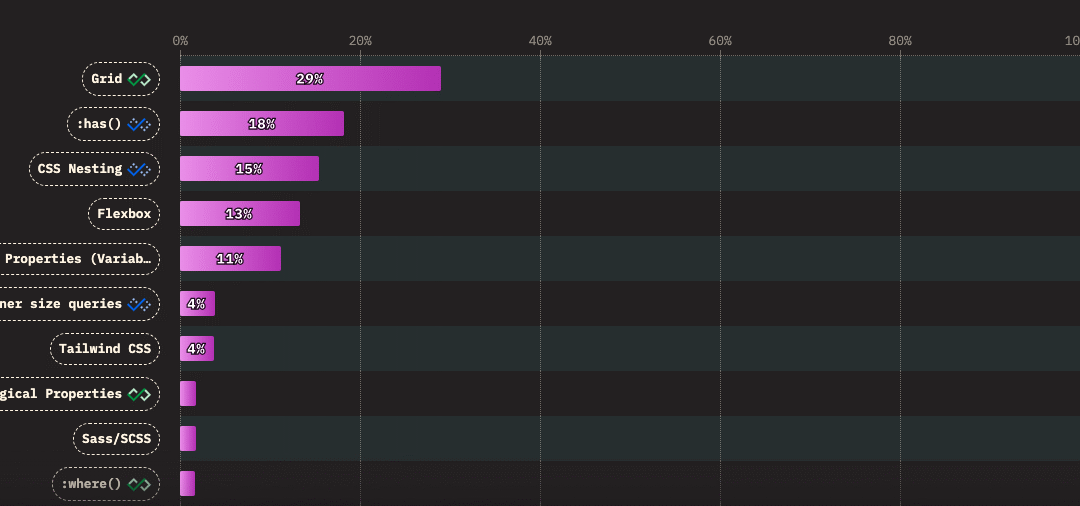
by Gene Crawford | Oct 13, 2025 | News
Over the past five years, a handful of new CSS features have completely reshaped how we build for the web. According to the 2025 State of CSS Survey, these are the true game-changers: 1. CSS Grid (29%) Grid made full-page layout a native capability of CSS. No more...

by Gene Crawford | Aug 12, 2025 | News
Grids are the silent force behind every clean, intuitive user interface. They bring structure to creativity—guiding the eye, organizing content, and helping your design scale gracefully across every screen size. Whether you’re mocking up in Figma or coding live...

by Gene Crawford | Jul 22, 2025 | News
How can understanding mental models transform your web design process? These cognitive blueprints shape perceptions and decisions, leading to intuitive, user-centered designs. Unlock the power of mental models to enhance decision-making and user experience in web...

by Gene Crawford | Jul 7, 2025 | News
There’s something grounding about starting from scratch. A blank screen. A blinking cursor. The quiet potential of something you haven’t made yet. That’s where a lot of web projects begin, not with flair or flash, but with the simplest version of an idea: “I want to...

by Gene Crawford | May 26, 2025 | News
Most web designers remember their first time staring at the terminal like it was an alien console in a spaceship cockpit, blinking cursor, endless black void, and not a clue where to begin. It feels cold. Stark. Unforgiving. Yet, hidden behind that intimidating facade...

by Gene Crawford | May 19, 2025 | News
Design trends may cycle, but bold minimalism isn’t a “new” idea, it’s a revival. You’ve likely seen it splashed across Behance, used in branding refreshes, or highlighted in recent UI/UX showcases. Big fonts. Sharp contrast. Heavy-weight typography dancing with loads...







